Ever wonder what motherboard you have but didn’t know how to find out? No worries though, it’s a surprisingly easy process.
This article will list the different methods so that you can figure out what motherboard you have without much stress and with minimal effort.
What Is a Motherboard?
A motherboard is the main circuit board that serves as the central hub for all of the parts that make up a computer. In the motherboard, you will find the CPU, BIOS, memory slots, CMOS battery, expansion slots and ports, and other important parts of your system.
If you’ve ever taken the cover off your computer, you may have noticed that a large or small board depending on the form factor which is the motherboard, is attached to the casing with screws. This makes it easier to remove components like RAM and graphics cards.
It’s important to know what type of motherboard you have when it comes time for an upgrade or repair because different motherboards will take different types of CPUs, memory modules, and drives such as hard drives or solid-state drives (SSDs).
Identifying Motherboard on Windows 10
If you are wondering what kind of motherboard your computer has, there are several ways to find out. Here’s how to do it on windows 10.
Using System Information
To start, press the Windows key on your keyboard and type “system information” in the windows search bar. A list of results will show up in the search window; click system information in the first result to open the app.
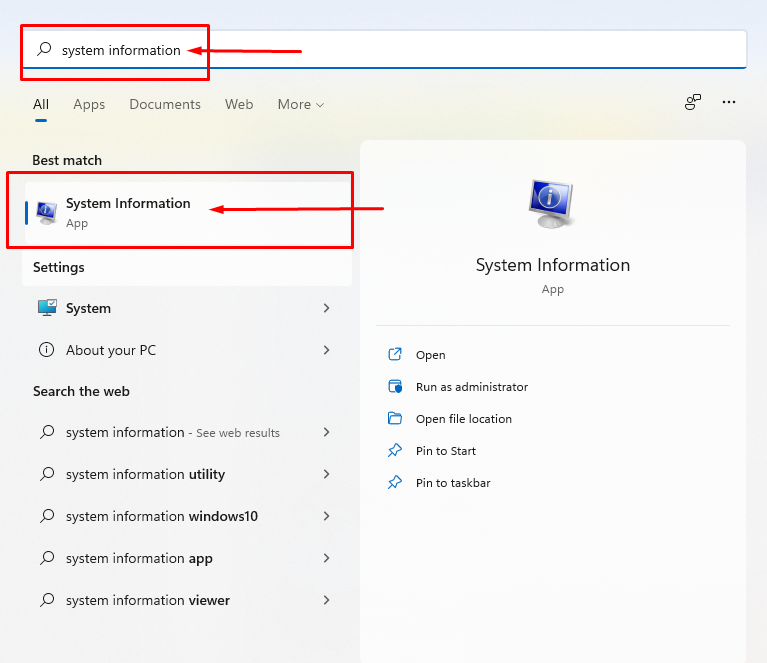
Click on system summary and you’ll be able to see all kinds of information about your motherboard and other components as well as software and settings on your pc. On the right side, look for the baseboard manufacturer, baseboard product, and baseboard version to see your motherboard brand, model number, and additional information.
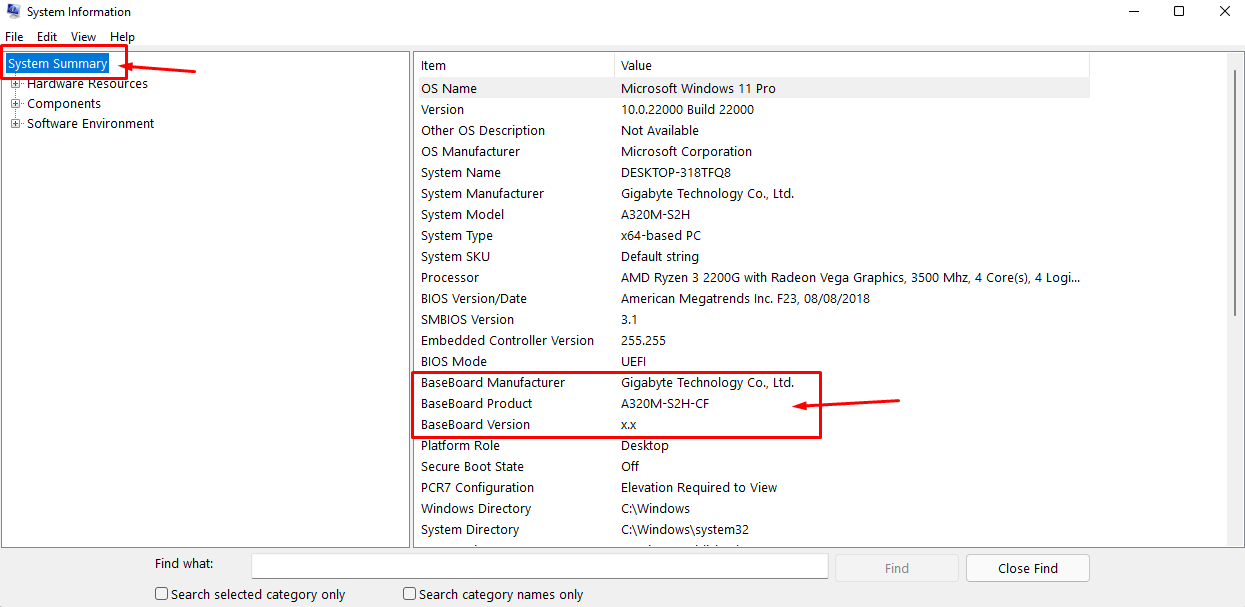
Using Command Prompt
Another way to check is through the Windows command prompt: press the Windows key and type “cmd” or “command prompt.” Right-click the command prompt in the list of results and select run as administrator.
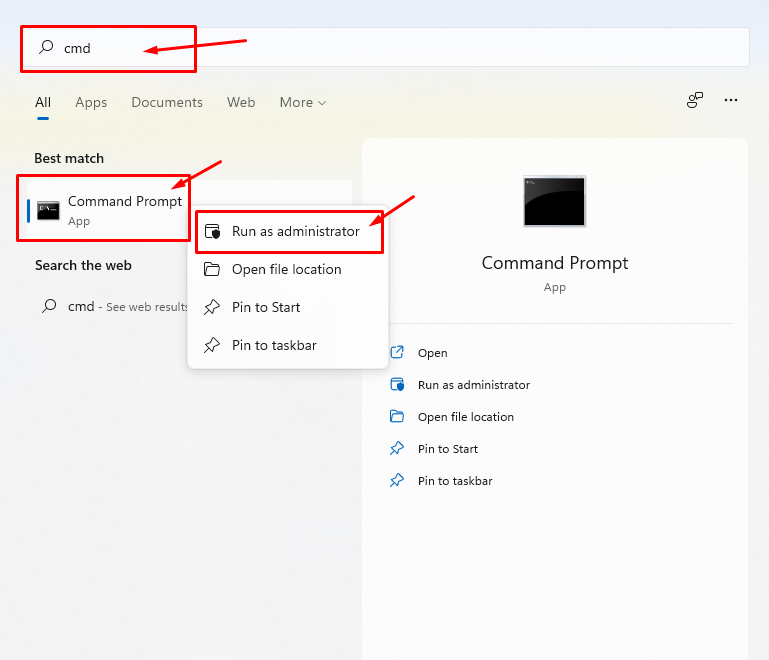
Type “wmic baseboard get product,manufacturer,version,serialnumber” into the command prompt and hit enter. This command will provide similar motherboard information as system information does.
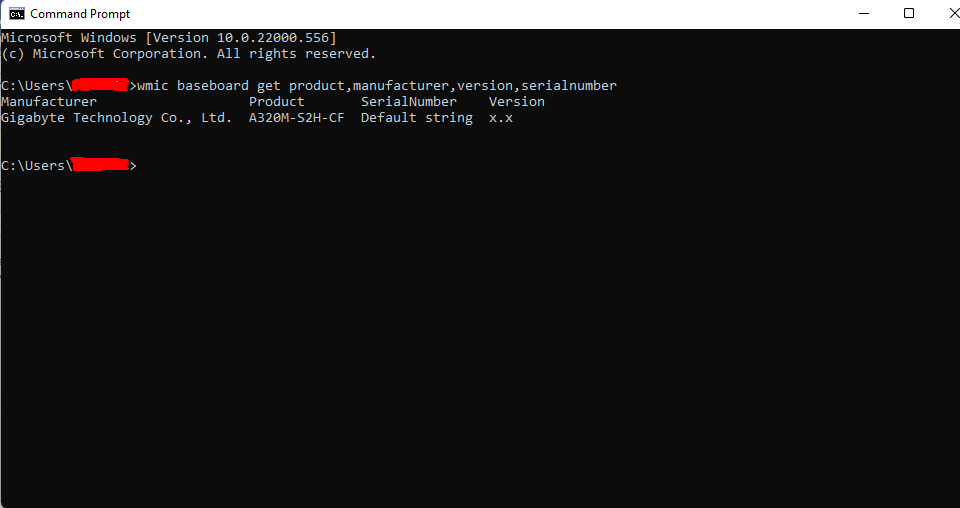
Identifying Motherboard on Mac
Apple has released a large number of different models since they started making desktop computers. While they may look similar on the outside, the internal components are often quite different. If you use a Mac and need to know what model of motherboard you have, here are the steps:
1. First find your iMac serial number. To do that, click on the Apple Icon in the top left of your screen and select “About This Mac.”
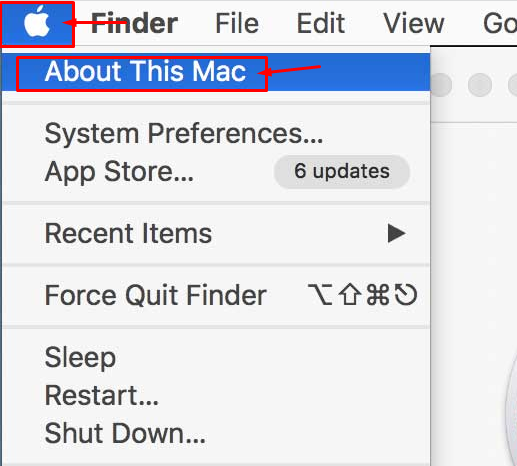
2. You will see the serial number in the next window. If not, double click on the version number, and a dropdown will display with the serial number listed.
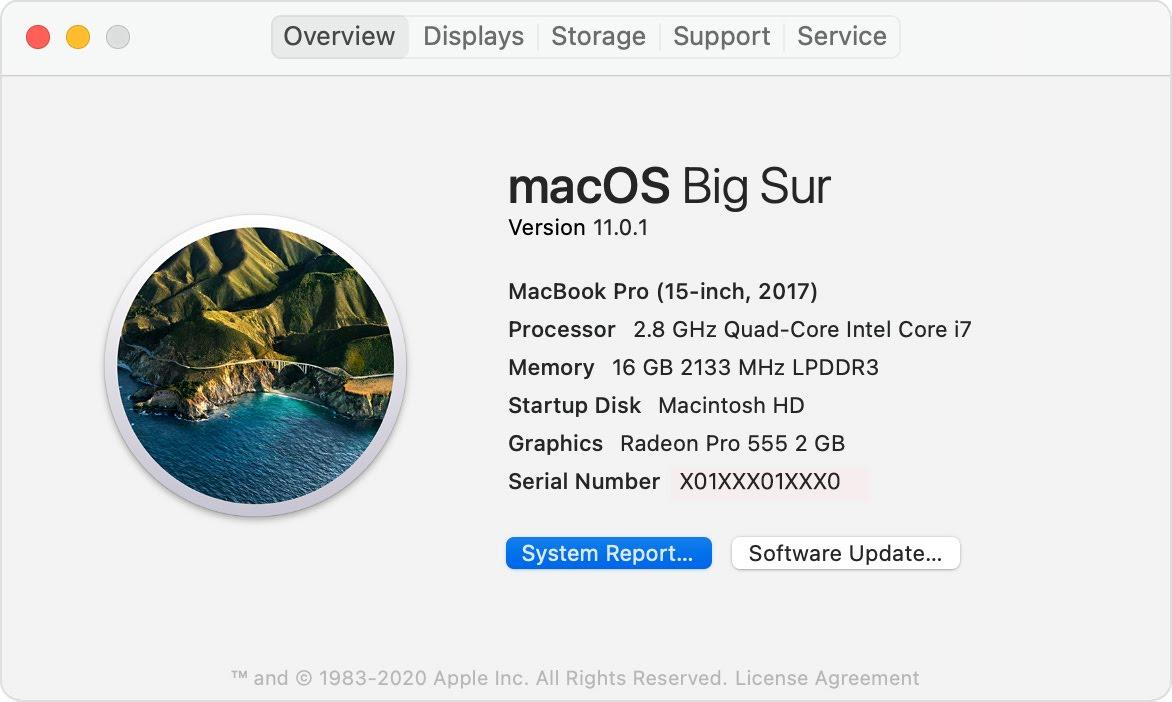
3. Copy the serial number and paste it into this website to view your motherboard type and system model.
Identifying Motherboard on Linux
If you’re using the Ubuntu Linux operating system, the easiest way to find your motherboard’s model number is to open up a terminal window.
To do this, you can use the shortcut Ctrl+Alt+T or by finding it in the start menu. Once inside the terminal, type the following command: “sudo apt-get install hardinfo” Then press enter.
You’ll need to enter your password and then it will install a program called hardinfo. It will take a few moments to install.
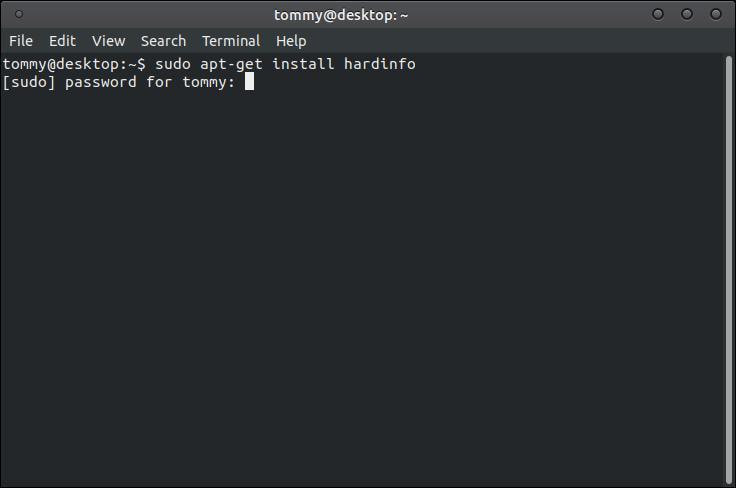
Next, type “hardinfo” and press enter again. This will run hardinfo, which is a system information app that can tell you what motherboard you have.
Once hardinfo is running, click on Devices in the list on the left side of the screen and then DMI. In the resulting window, look for a section called motherboard. This will tell you all about your motherboard, including its model and serial number.
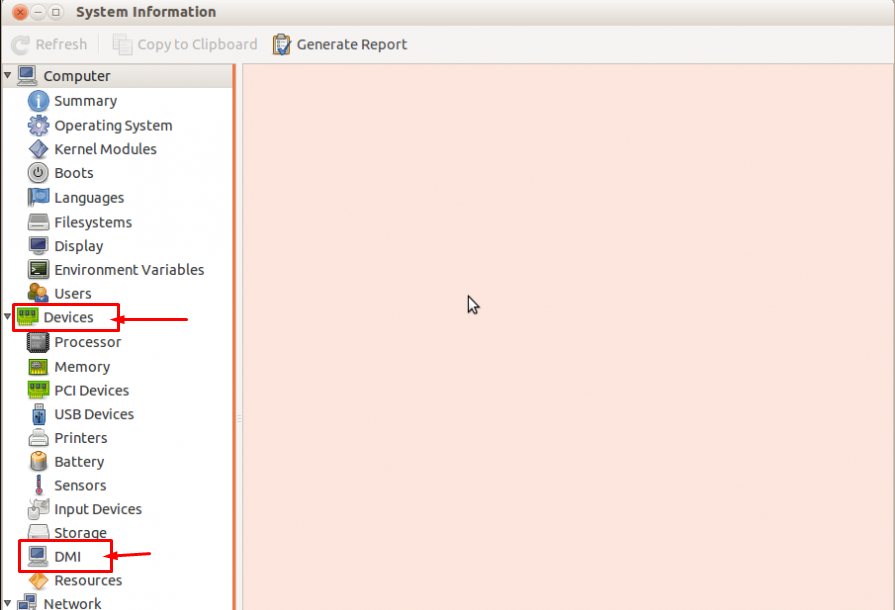
Check Your Purchase History or the Motherboard Box
To find out motherboard details, you can check your purchase history. If you bought your computer from a retailer, they may have given you a purchase receipt that indicates what hardware is in your system. You can also check any documentation that came with your computer, as these documents are likely to include your motherboard name.
If you built your computer from parts, look at the box that the motherboard was shipped in; it will say the name of the motherboard on it. Alternately, if you have a copy of your build instructions, technical notes, and/or receipts for each of the parts, look through those for information about what motherboard you purchased.
Also Read : What Is An Ultrabook?
Visual Inspection of Your Motherboard
If you have a PC, you can view what motherboard you have directly by visually inspecting it. You’ll need to open up the PC for this, so make sure you’re aware of all safety concerns before proceeding.
1. First, turn off your computer and detach all the cables.
2. Open up the side of your computer case, using the screws around the back.
3. Look for the motherboard, which will be larger than other components in your PC and full of various ports and slots.
4. Locate the model’s name, which will be printed on the board itself.
Use Third-Party Apps
You can use third-party software that can scan your system and determine the motherboard manufacturer, as well as its model. If you’re running windows, the easiest solution is CPU-z. It’s a system information utility that can provide all kinds of information about your computer’s hardware, including your motherboard.
1. Download CPU-Z from CPUID’s website.
2. Click the .exe file once it finishes downloading to install the software and open it after it’s done installing.
3. Click the “mainboard” tab to check your motherboard model information and its manufacturer.
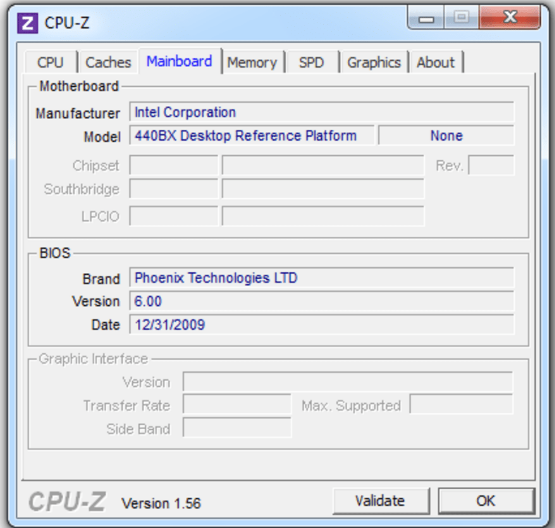
How to Care For Your Motherboard
Your motherboard is one of the most important components of your computer, and the best motherboard will ensure that your computer operates reliably for years to come. It holds all of your system’s components and serves as the conduit for information to flow between them. While most motherboards are made to withstand some amount of wear and tear, a properly installed system and regular maintenance can help extend your motherboard’s life.
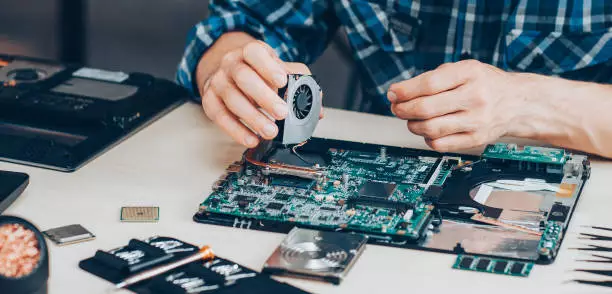
The heat generated by all these components can be damaging if not properly dissipated, so you need to make sure that you are providing adequate cooling for your system by using fans and other parts of the cooling system within your machine. If you have ever had your computer crash or freeze up on you without warning, then you know how frustrating this can be. The last thing you want is for your machine to crash because it is not properly cooling down.
Over time, dust can build up and make it harder for your components to dissipate heat, which leads to overheating and performance issues. So, make sure that your ports are clean and clear of debris or buildup that might impede their function. If you’ve noticed that certain ports feel sticky or stiff, they may be blocked by debris. To clean these, use a soft brush or some compressed air canisters designed for electronics.
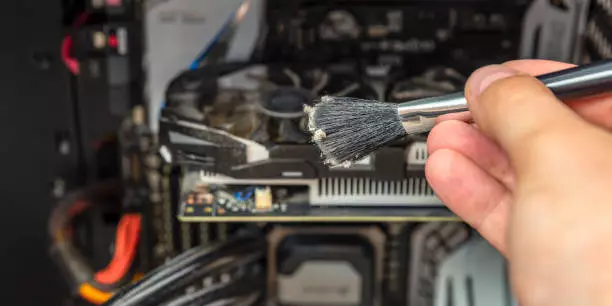
Make sure that you protect your motherboard from water damage at all costs. Water is the biggest enemy of motherboards, and it’s important that you keep yours dry no matter what. This may seem obvious, but we have seen an alarming number of people who have failed in this regard. If you are eating a bowl of soup, do not bring your bowl of soup anywhere near your devices.
Conclusion
We hope you are now able to identify your motherboard. This information is useful for many reasons. Knowing the motherboard info enables you to download the right drivers like graphics and chipset from your manufacturer’s website.
You may also be able to find support should anything go wrong with the device; sometimes answers can be found in the manuals which usually come in PDF versions and are published on your computer’s vendor’s website. If not, there is always google and consulting fellow users as well as other forums where you can find help.

